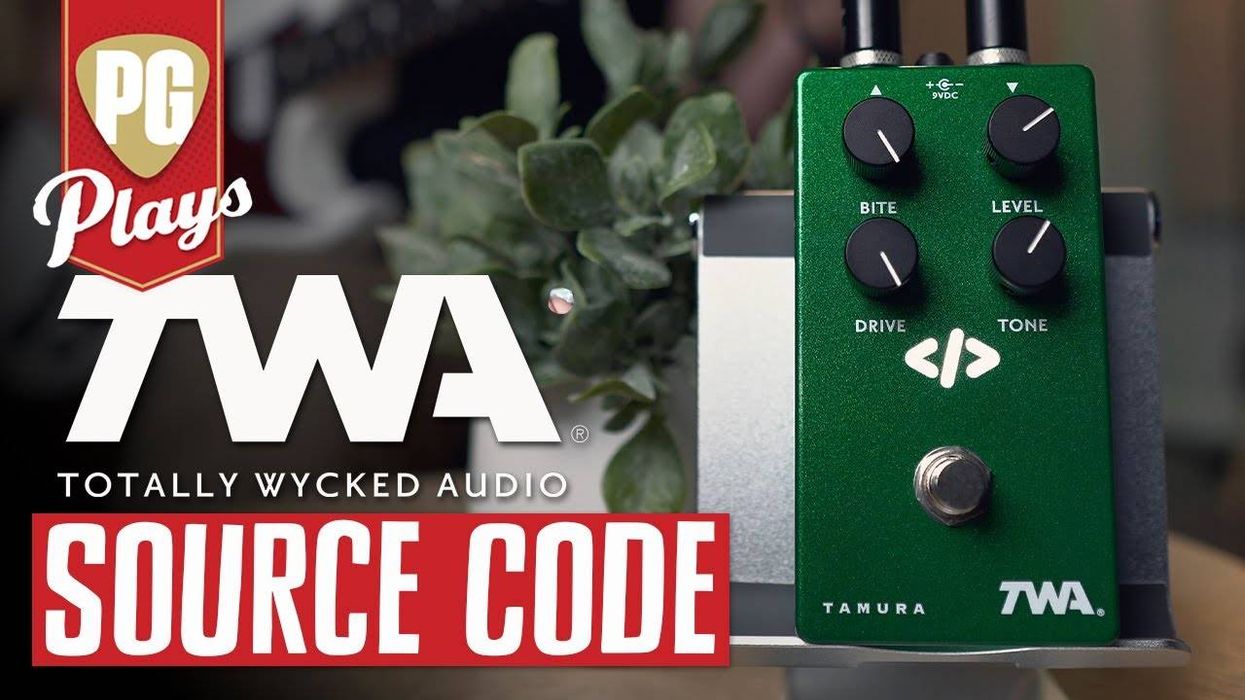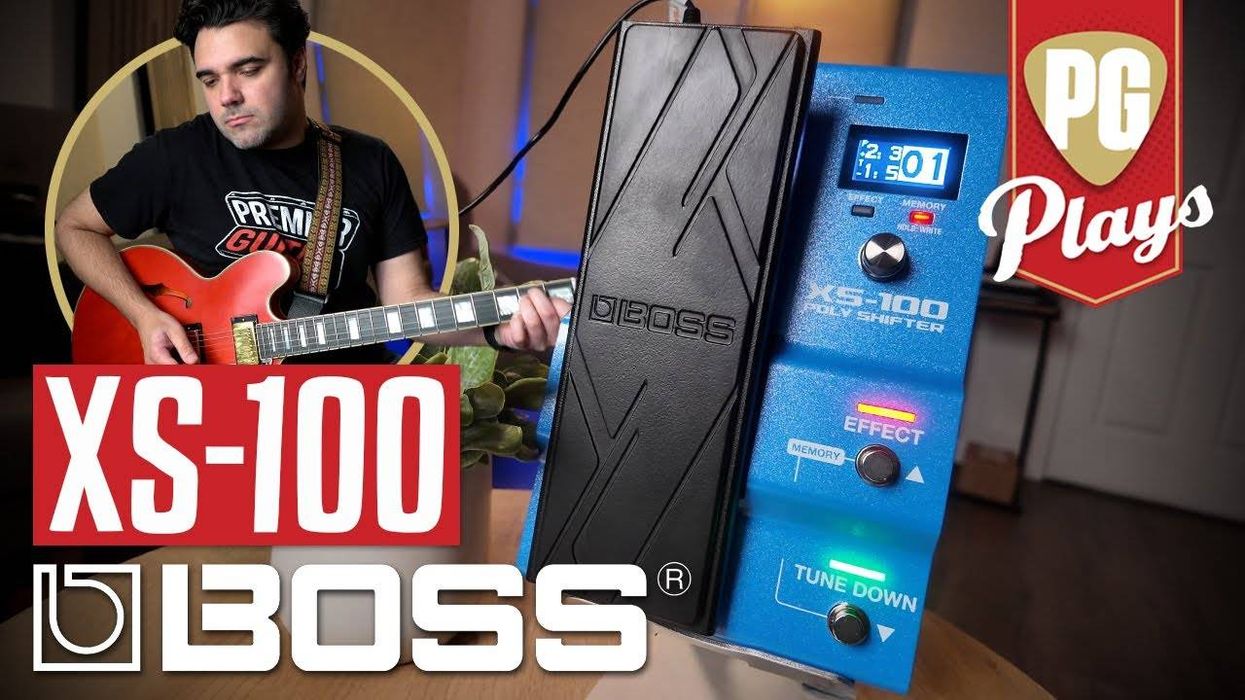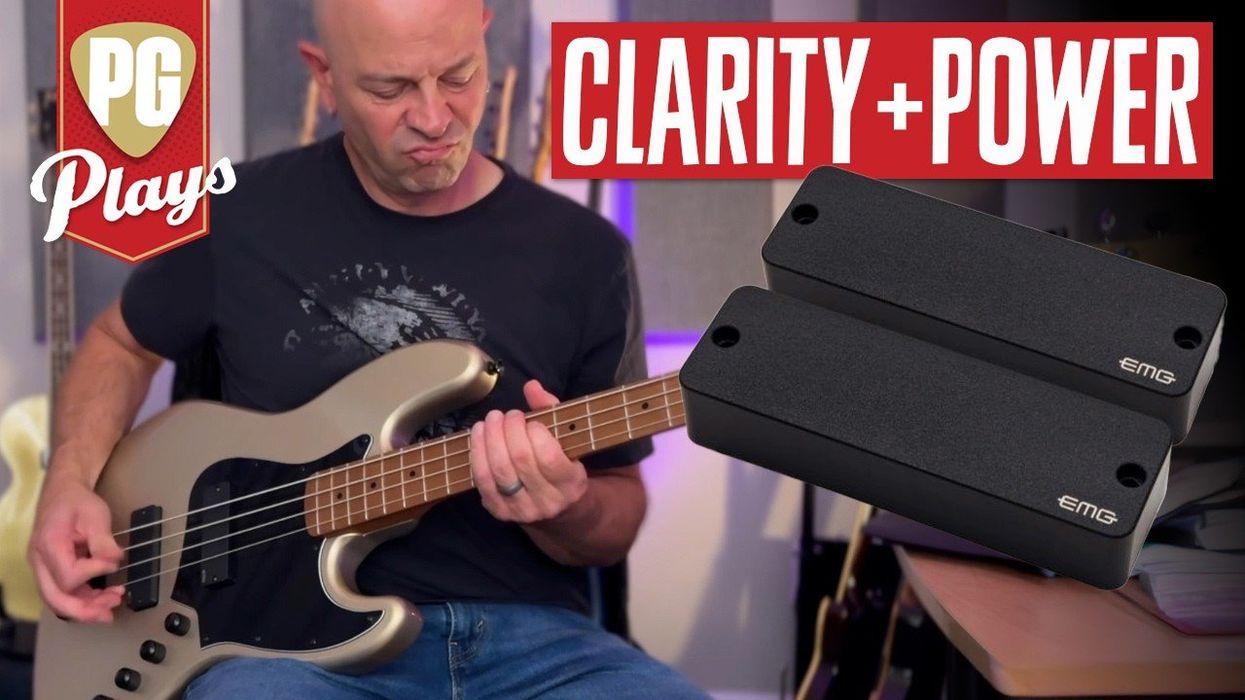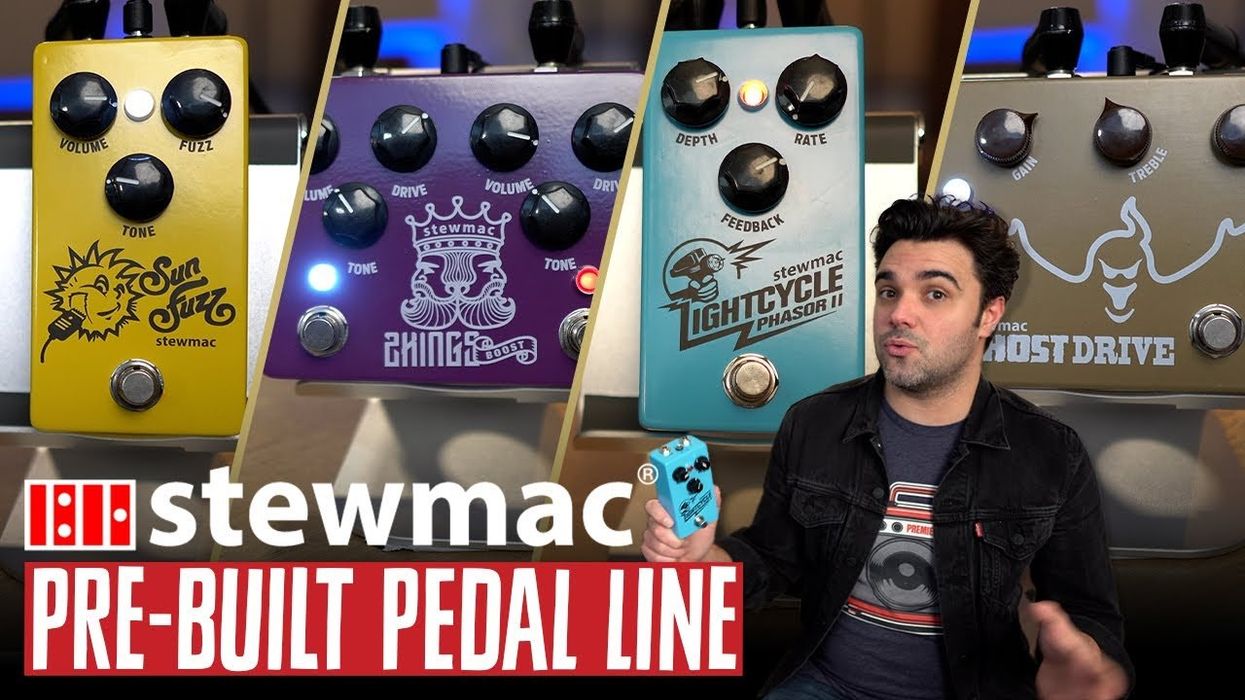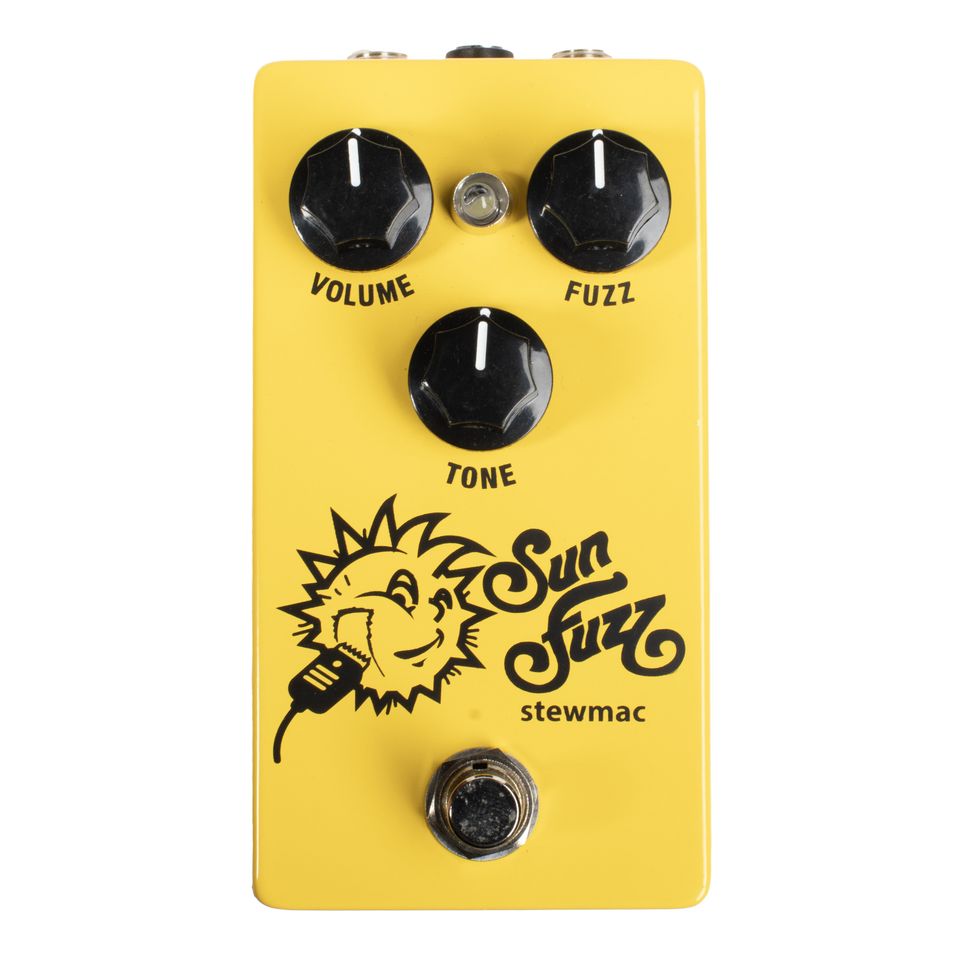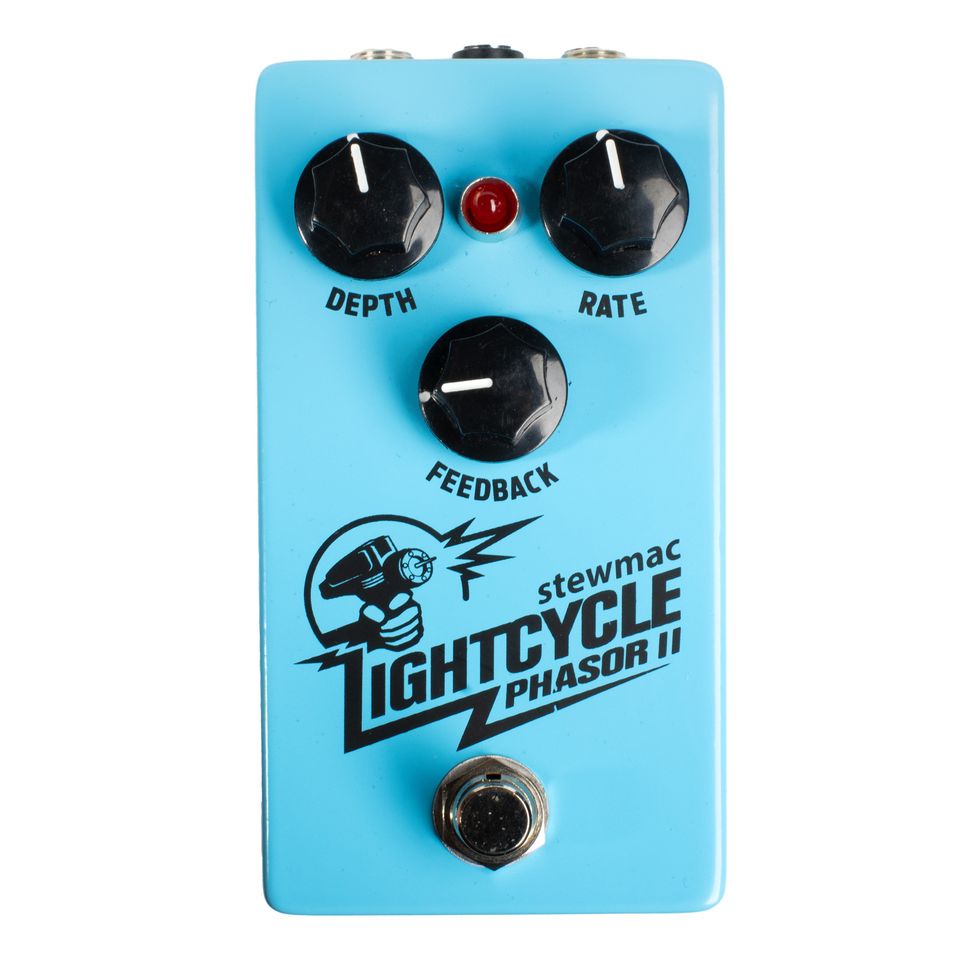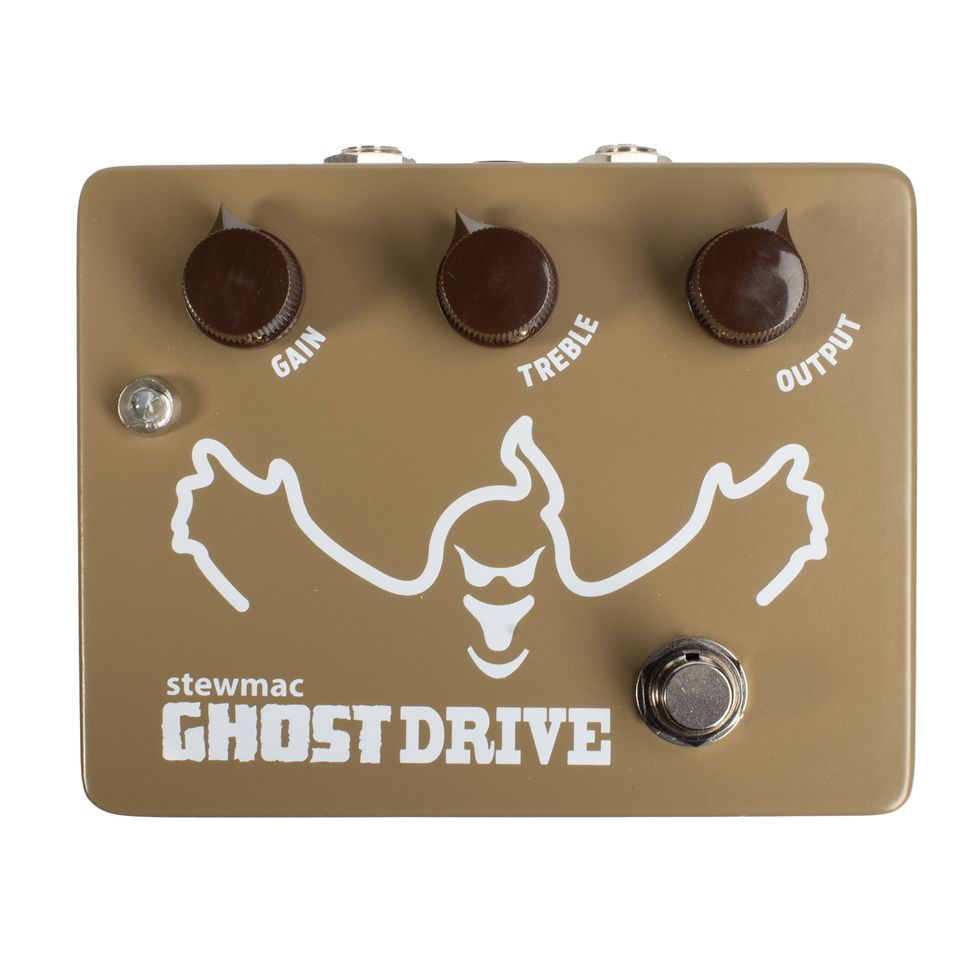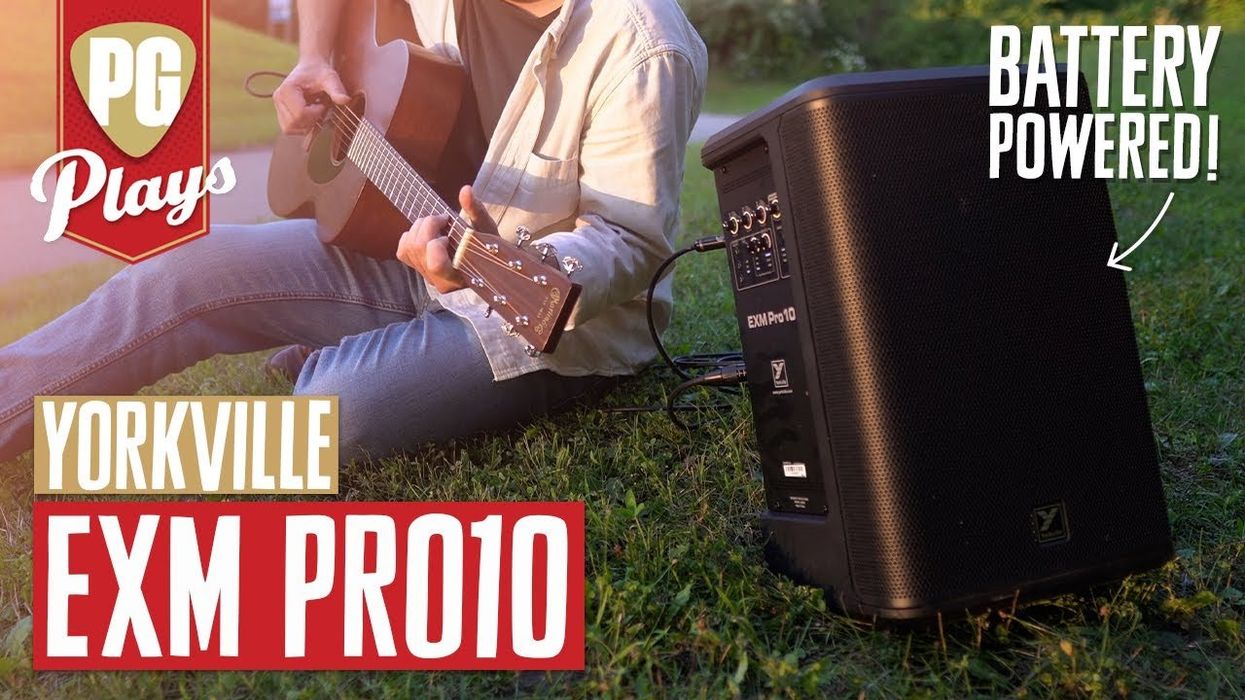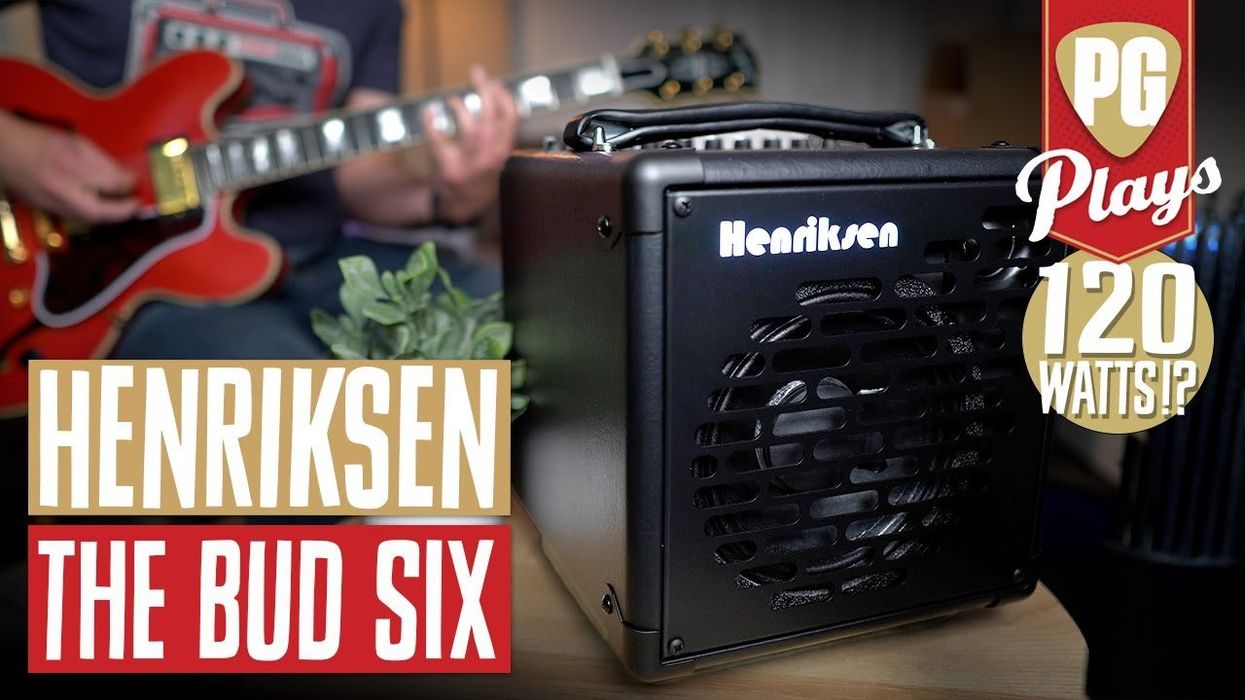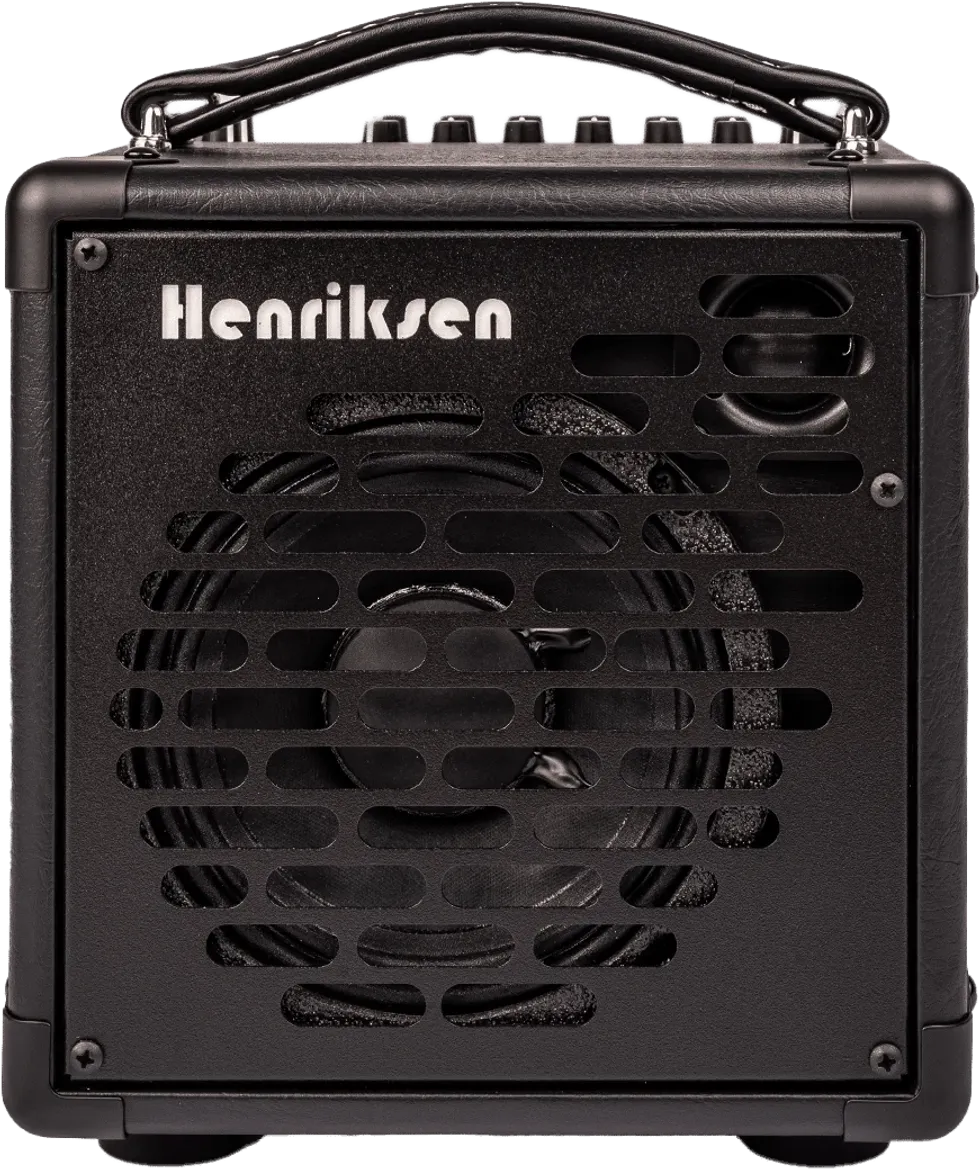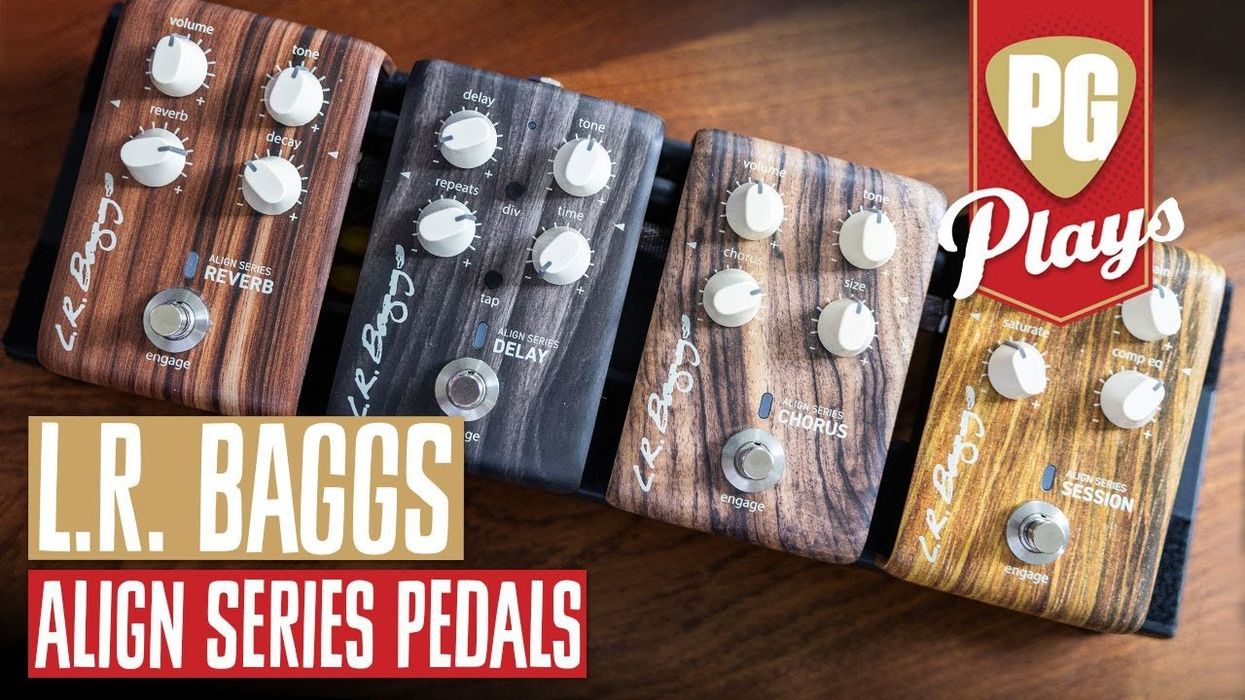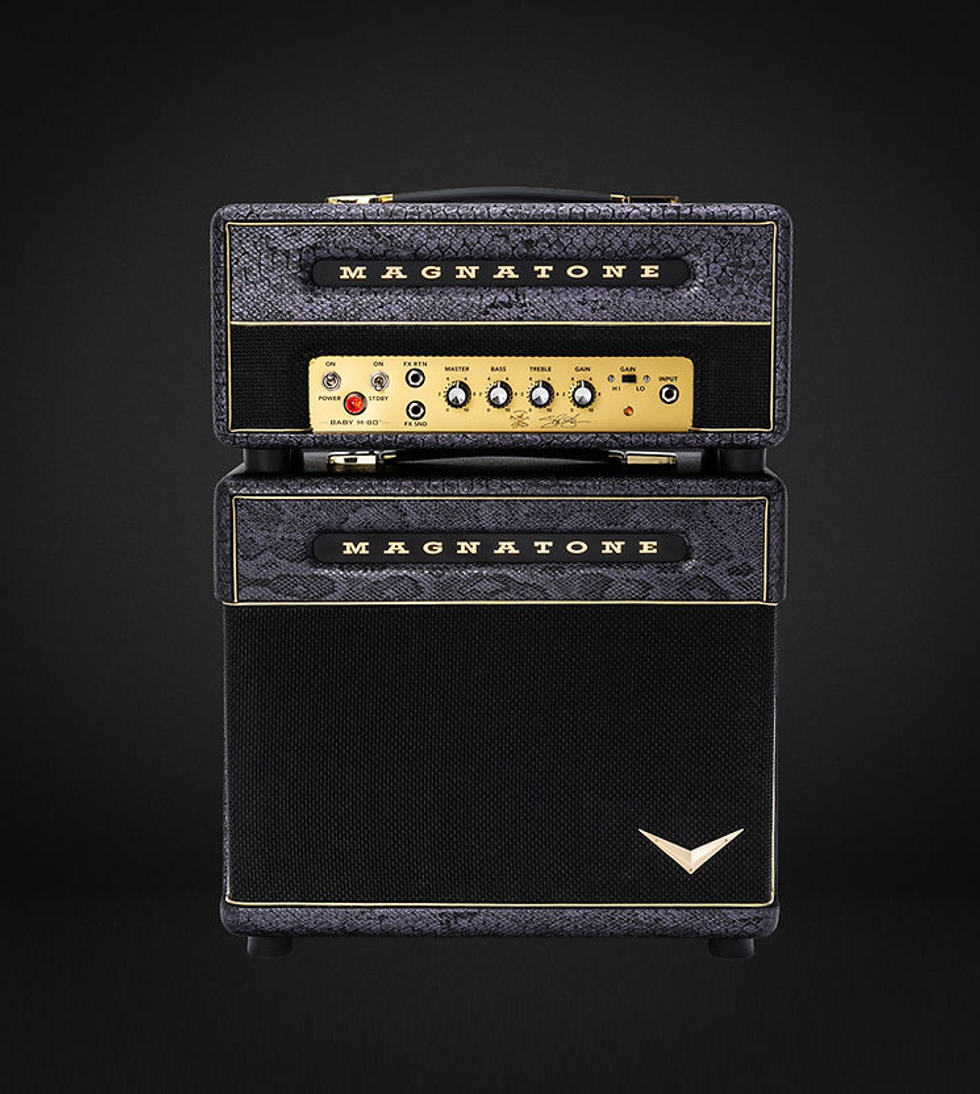John Bohlinger demos the all-new Godin Guitars Multiac Mundial, a modern, Canadian-made nylon-string guitar designed to push the envelope for live and in-studio performance.
Godin Multiac Mundial
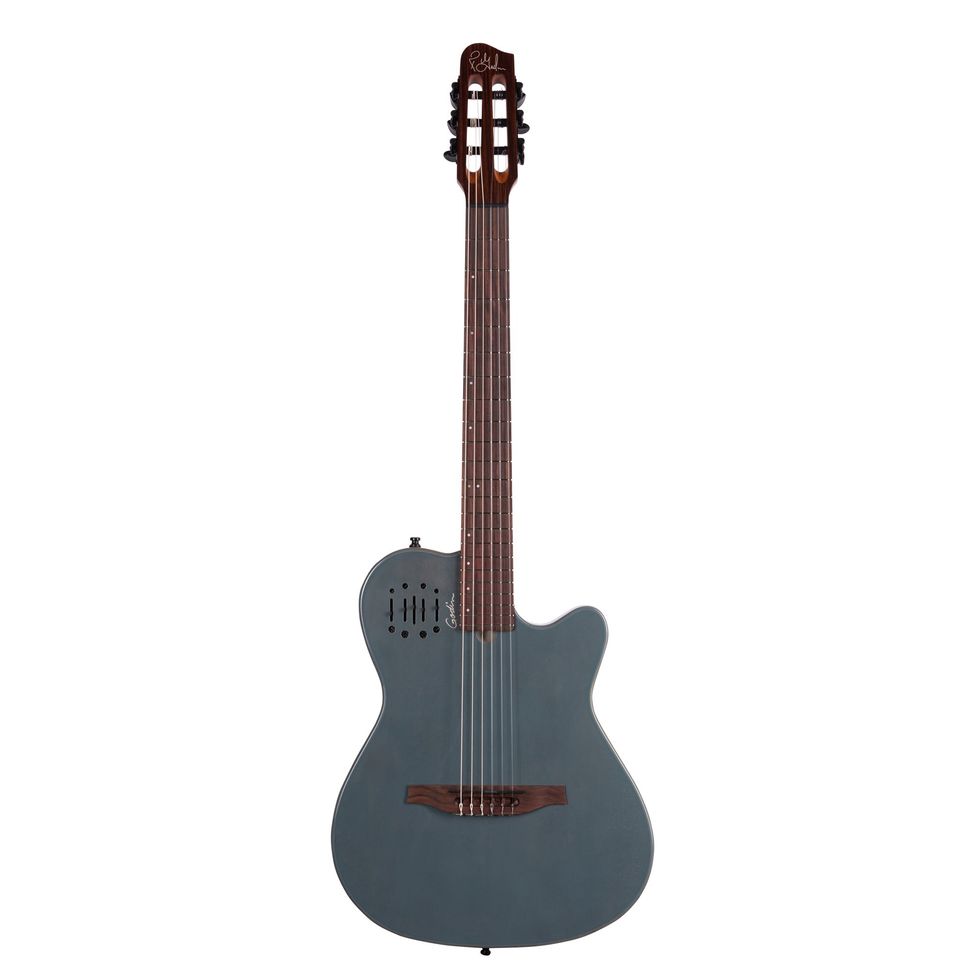
Thirty years ago, we introduced the Multiac Nylon SA, which quickly became a worldwide success and the flagship instrument of Godin Guitars. Since then, we have continued to innovate in order to offer different variations of the Multiac in order to accommodate different players and styles of music. For 2023, we are extremely proud to introduce the new Godin Multiac Mundial.
Available in a variety of colours, the Multiac Mundial is made in our Canadian factories with the same high standards as our other instruments. A more modern and stylish variation of our other Multiacs, this nylon-string guitar is the result of years of research and development. To achieve the most natural acoustic sound possible, we've returned to our hollow-body design, so the guitar is lighter, breathes, and resonates without feedback. The Godin Double Source Custom preamp, the same as on the Encore models, allows you to mix the under saddle pickup with the sensors in the guitar for maximum versatility. The Multiac Mundial sets itself apart with its Canadian Silver Leaf Maple body, select solid Cedar top, and Spanish Cedar neck, making it notably lighter, well balanced, and tonally complex.
If you are looking to push the envelope of nylon-string guitar performance, either live or in a studio setting, look no further than the Multiac Mundial.
Shop on Sweetwater: https://sweetwater.sjv.io/nLX7RA
Shop the Sennheiser microphones we use: https://sweetwater.sjv.io/ZdP1A0


